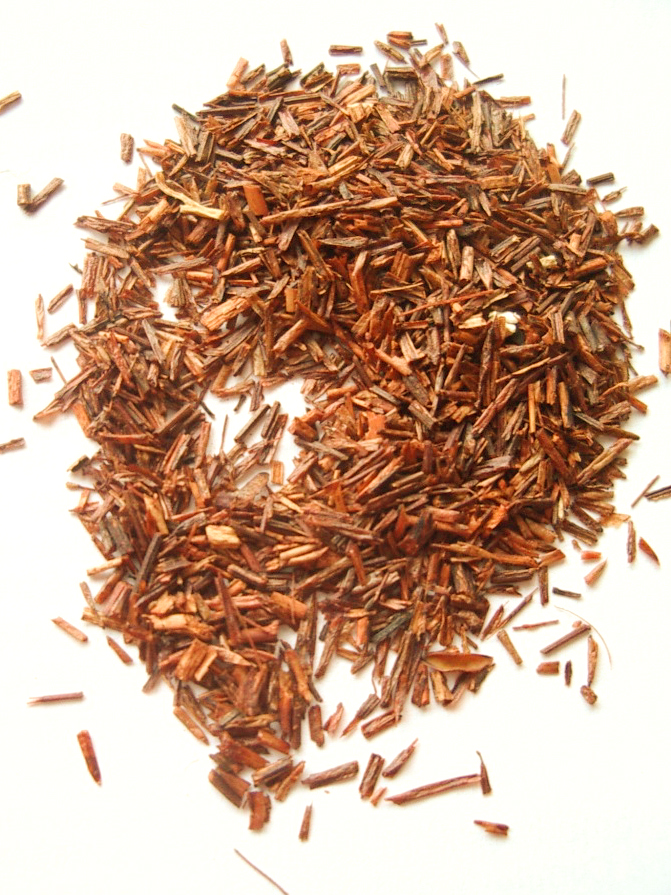 In two studies co-authored by Lehigh’s Liuba Belkin, people using e-mail lied almost 50 percent more often than those using pen-and-paper.
In two studies co-authored by Lehigh’s Liuba Belkin, people using e-mail lied almost 50 percent more often than those using pen-and-paper.More surprising is that people actually feel justified when lying using e-mail, the studies show.
“There is a growing concern in the workplace over e-mail communications, and it comes down to trust,” says Belkin, an assistant professor of management in the College of Business and Economics. “You’re not afforded the luxury of seeing non-verbal and behavioral cues over e-mail. And in an organizational context, that leaves a lot of room for misinterpretation and, as we saw in our study, intentional deception.”



